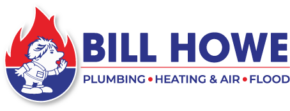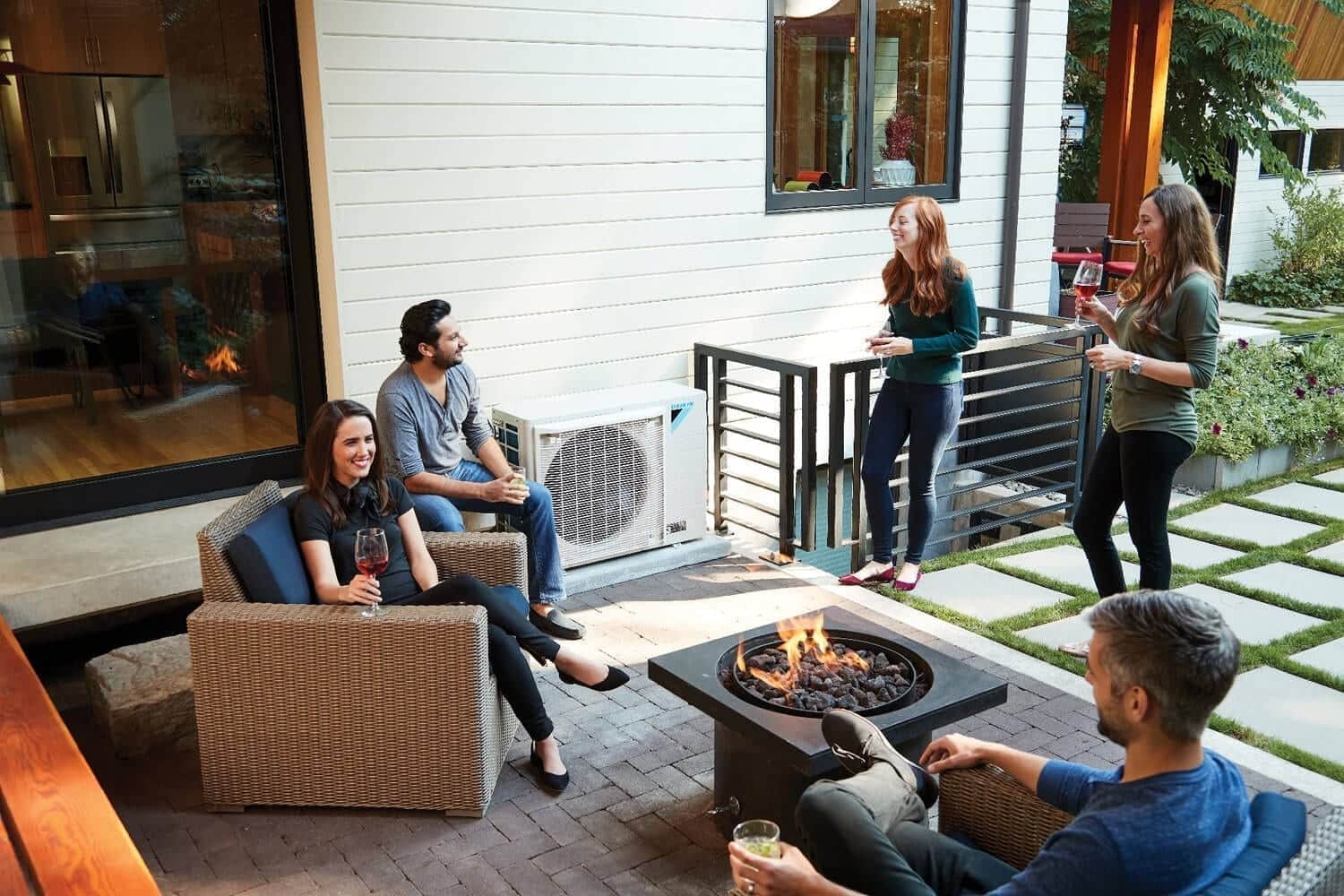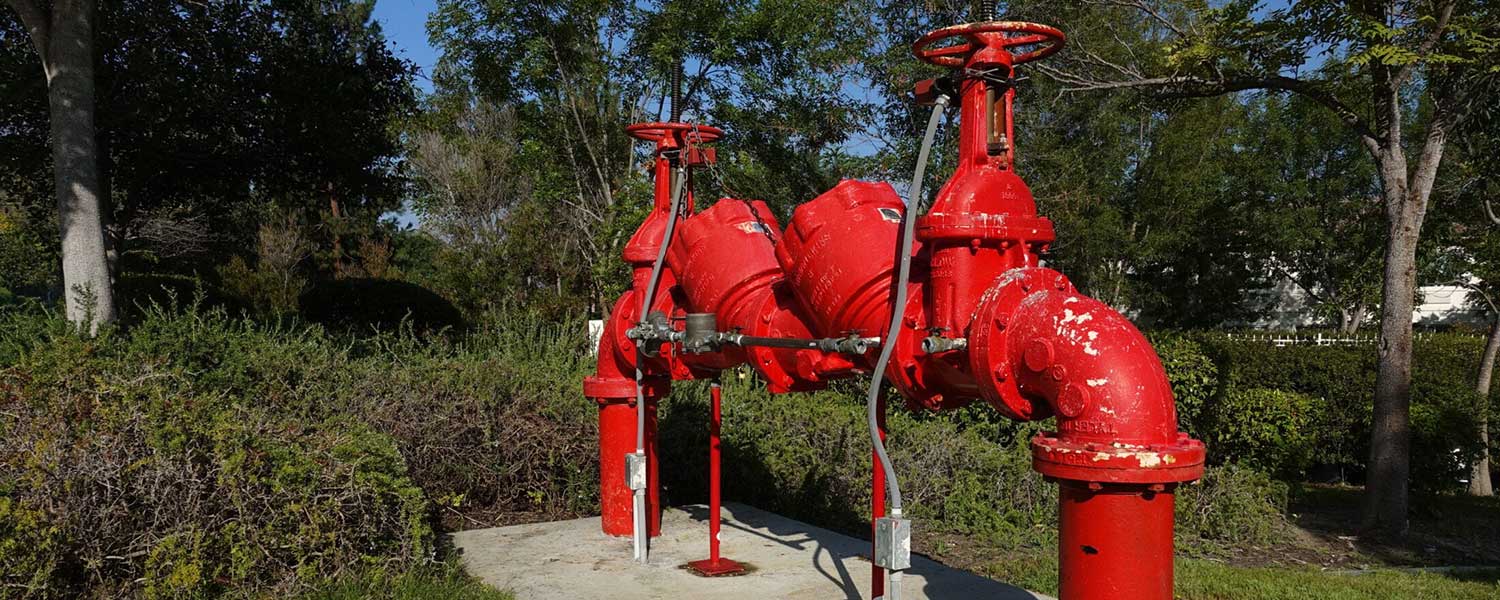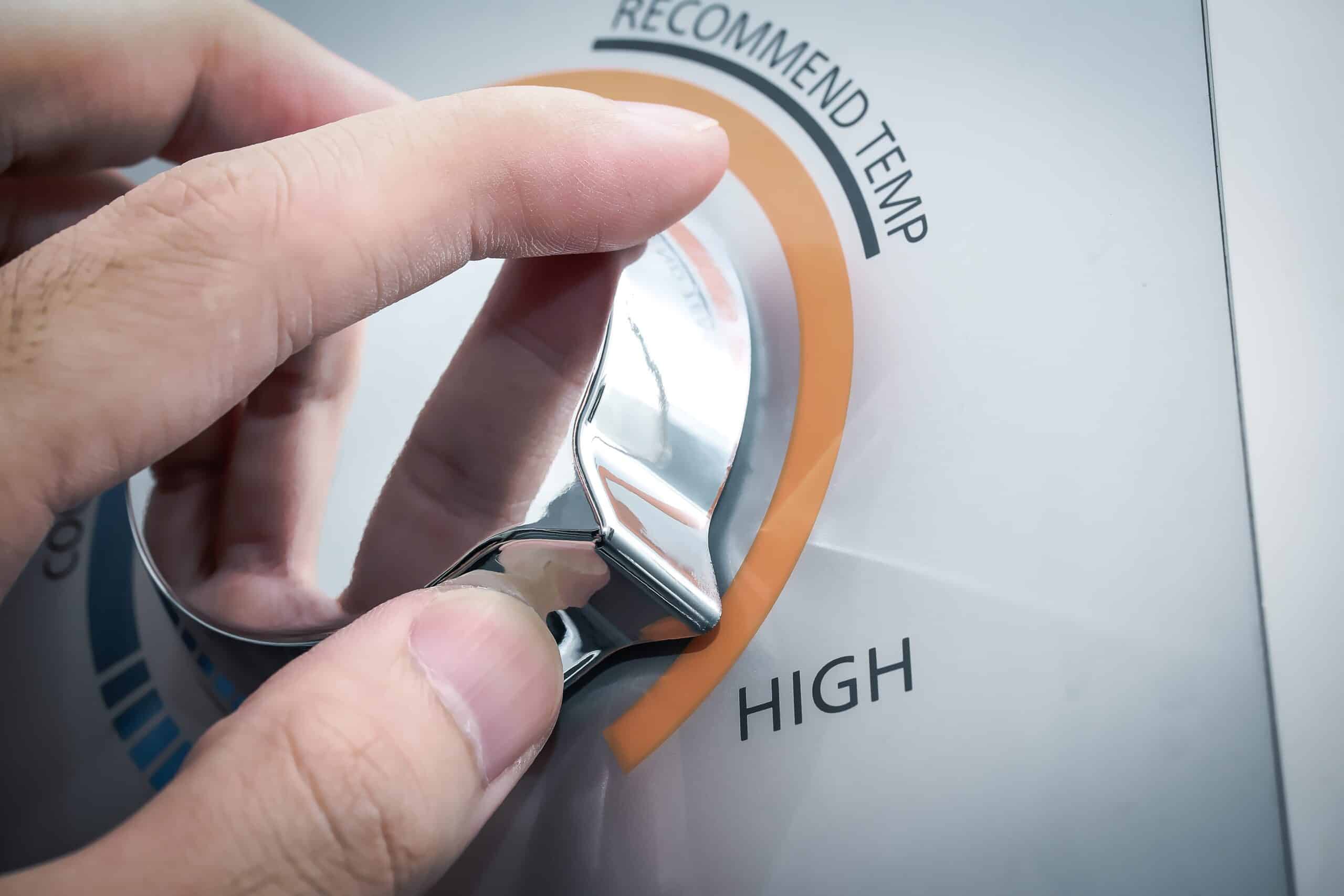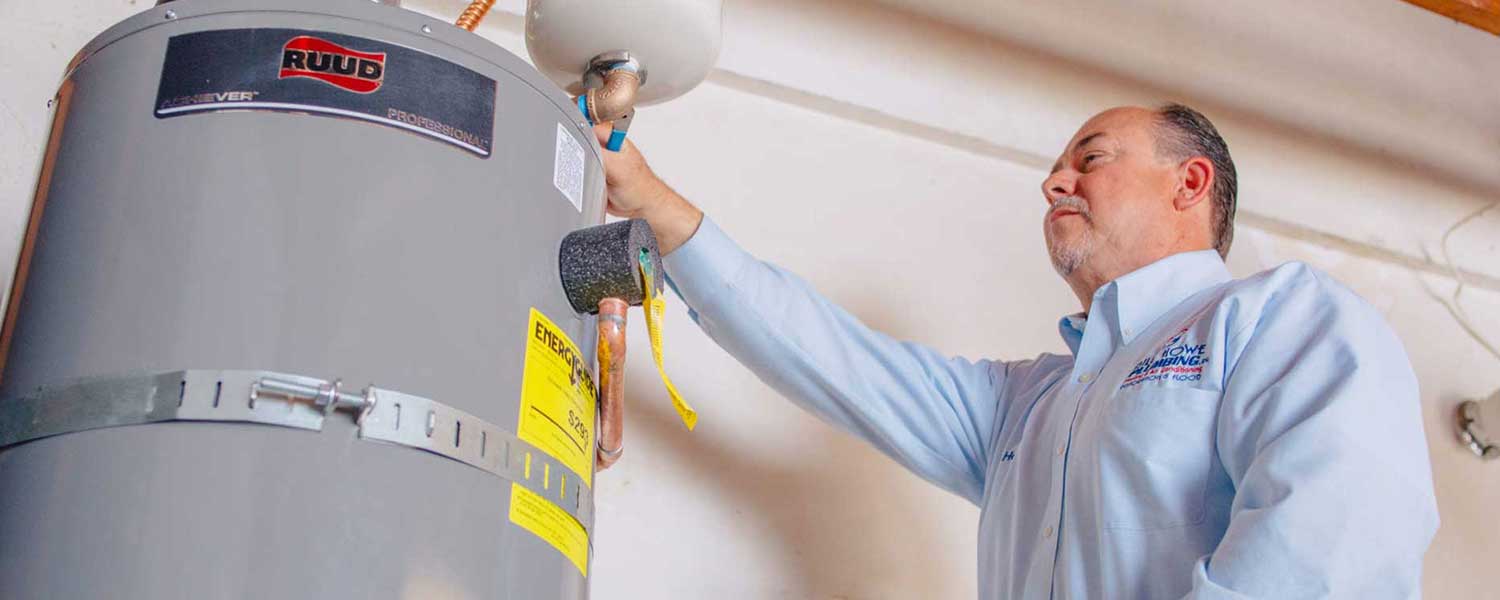It is not only frustrating to have multiple drains constantly backing up, but the frequency of clogs could also cause water damage and extra expenses in plumbing services. But what is the reason as to why drains all clog at once and what are ways to prevent this reoccurrence?
Typically when more than one drain is slow or clogged at the same time, it is an indication of a main sewer line backup. All interior water pipes drain into the 4-inch main sewer line and eventually to city treatment centers. When that line is clogged, there is nowhere for wastewater to go and it ends up coming back up into household drains.
What are 3 signs you might have a main sewer line clog?
- Bubbling toilets – Homeowners may notice a strange phenomenon when their main sewer line is backed up — bubbling or gurgling water in the toilet bowl. This usually happens when other drains are being used and try to drain into the main line. Main sewer line clogs force water back up into drains and the toilet may suddenly bubble up. If a shower drain is running slow as well, it is a sure sign the main sewer line needs a routine snaking to clear the main line blockage, at the least.
- Leaking at the Base of the Toilet – When water begins to seep out of the base of the toilet, it is a clue to a major sewer clog down the line. As water has nowhere to drain, the water is forced back up into the toilet flange and can weaken seals over time causing it to leak out of the base of the toilet. It could also indicate that a flange is broken or roots have made their way up into the toilet drain, leading to a major problem when flushing the toilet.
- Multiple Slow Drains or Overflowing – Just like bubbling toilets, a particularly tough clog will cause all plumbing fixtures to eventually slow. If sinks, toilets, tubs or showers all back up at once, or are all running slow, the likeliest culprit is the main sewer line clog, requiring a thorough drain clearing.
How to Unclog a Main Sewer Line
The first step in unclogging a slow or backed up mainline is diagnosing it as a main sewer line issue. If any or all 3 common signs are present, a drain specialist will assess the property to determine the best method to go about clearing the line.
A main sewer line can be snaked with a professional drain snaking machine using a heavy duty cable and motor to push through the blockage. Main sewer snaking can be done through a ground level accessible cleanout, a roof vent, or by pulling the toilet and snaking through the flange.
Snaking through ground level cleanouts are preferred and usually the easiest way to tackle a tough main sewer clog. All properties should be equipped with a cleanout and having double sweep cleanouts are even better. A double sweep cleanout allows snaking to go in towards the street and city line, as well as the other way towards the house ensuring that wherever the clog is located, it can be cleared effectively.
When snaking through a roof vent, a licensed plumber must be able to safely use a ladder to get to the correct vent. If the roof is made of tile or on the second or third story, it might not be possible to clear the line in this way. Snaking through a roof vent may also not clear a clog that is directly below the flange.
Removing the toilet is an effective method of clearing the line, but should only be performed by an expert. Sometimes, toilets will be side by side or back to back in many homes and multi-family residences or commercial spaces. Removing the toilet is the best method if roots are coming up through the toilet or flange as the snake can use a special cutter head to cut through immediate roots removing them at the point of intrusion.
Do Homeowners Need A Sewer Camera Inspection?
If a routine snaking does not clear the line, reaches a hard blockage, pulls back roots or heavy sludge, a drain specialist will recommend a sewer camera inspection. A sewer camera inspection will go through one of the available access points and view the condition of the main sewer pipe. Camera inspections can view the cause of blockage such as roots or heavy scale buildup, the integrity of the line to see if cracks, breaks or missing sections causing drain problems, and determine the length of the main sewer line and where the blockage is located.
By performing a sewer camera inspection, professionals can pinpoint the cause and best method for repair.
Common Sewer Line Repairs
A common repair for heavy scale, sludge, or roots is an expert hydro-jetting service. Using high-pressure water to scour the inside of the line removing years of buildup and roots, hydro jetting is a cost-effective and semi-permanent option for lines in good shape. If the line is broken, hydro jetting may not be a viable method. With heavy roots, the likelihood of roots coming back is high. Roots naturally seek the rich nutrients in the main sewer line and can infiltrate a sewer pipe by even small seams or cracks and can cause major damage over time.
If the line is broken, missing small sections or home and business owners wish to eliminate roots from returning, epoxy sewer pipe lining is a great no-dig solution. Epoxy lining is a two-part epoxy resin and catalyst soaked onto specialty material that is inserted into the pipeline. It is molded to the pipe using an inflatable bladder and left to cure in place. The result is a durable new pipe with a life expectancy of more than 50 years. Pipelining can also be made for small sections and is cost-effective if there is no excavation and landscaping or concrete repair.
How Much Does it Cost to Replace A Main Sewer Line
If epoxy relining or hydro jetting is not available for a deteriorating or heavily damaged line, it may have to be replaced.
Replacing a main sewer line can be cost-effective if it is a small section underneath a yard or it can get very costly if excavation and concrete or landscaping will need to be replaced. However, it is sometimes the best option when epoxy lining cannot be used.
The first step is always a sewer camera inspection by a professional drain expert. Once they locate the extent of the damage, a full estimate on all available options can be presented.
At Bill Howe, we have been performing sewer camera inspections, hydro jetting main sewer lines, and replacing sewer lines for more than 35 years. We have skilled and trained professionals to accurately diagnose the cause and guide home and business owners towards a solution that is right for their property needs and budget.
To learn more about main sewer line backups, to schedule an appointment, or for second opinions, call 1-800 BILL HOWE (245-5469), contact us through Live Chat, or book a service online today.
